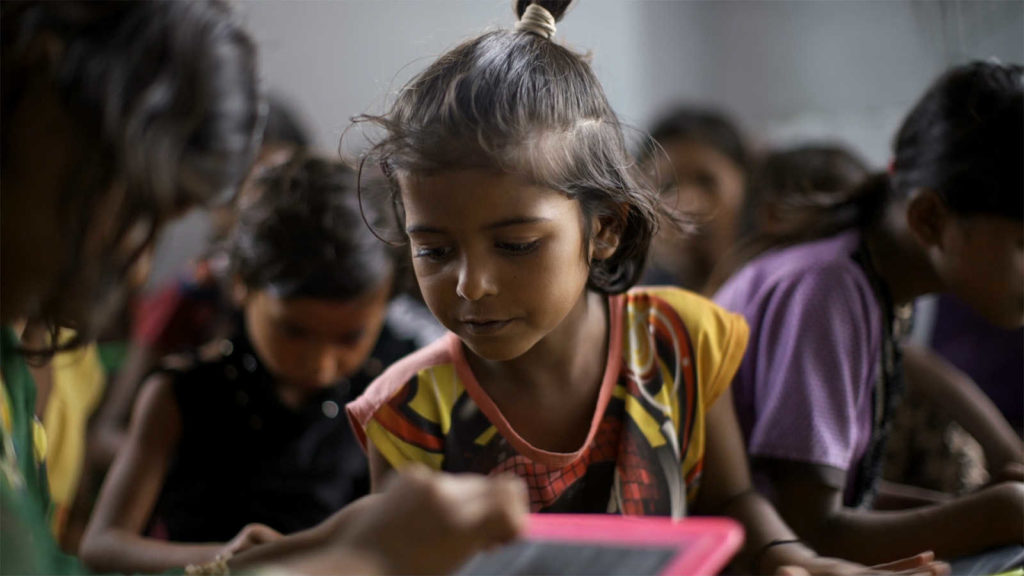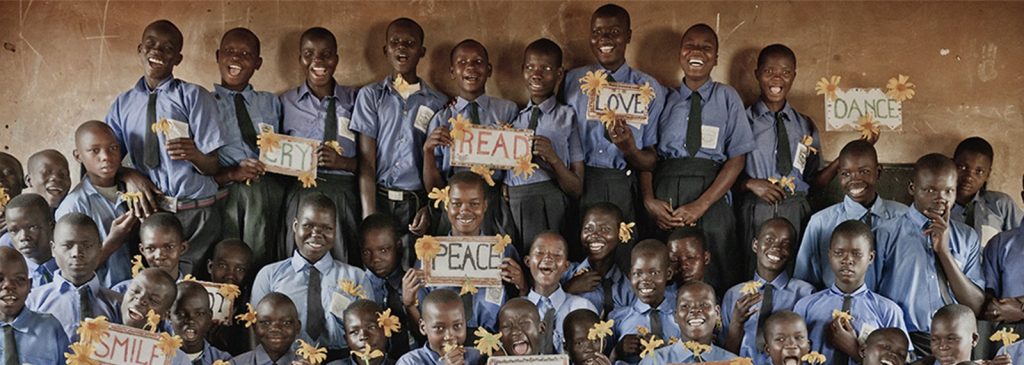63,000 children out of work and into school!
The Stop Child Labour coalition (coordinated by Hivos) and its 25 partner organizations are celebrating a milestone: 15 years of the coalition’s successful work.
Fifteen years ago, the Stop Child Labour campaign launched with this credo: “school is the best place to work.” Basically, no child should have to work; every child must be in school. It became a movement, piloting an approach that created child labor free zones: areas where the inhabitants are convinced that child labor should be eliminated and are prepared to take the necessary steps to get all their children out of work and into school.
This “hearts and minds” approach triggered change powered by the communities themselves. Slowly but decisively, social norms started to shift. Together we made change happen in rural areas, villages and cities under very different circumstances. Our activities have reduced child labour and increased school attendance. And communities started to break the cycle of poverty, seeking alternatives ways of earning a living while changing their mindsets and traditions.
Working with local organizations, governments and multinationals
The Stop Child Labour coalition includes the Algemene Onderwijsbond (AOb), Mondiaal FNV, Arisa, Kerk in Actie & ICCO Cooperation, Stichting Kinderpostzegels Nederland and Hivos. We cooperate closely with local organizations in Asia and Africa. And since 2011, Stop Child Labour has been working with governments and companies to reach even further.

Sofie Ovaa, Hivos’ Stop Child Labour program manager, tells us the coalition started to work with companies because of the important role they could play in eliminating child labor from their sourcing, production and other parts of their supply chains. “Hivos is a broker that links these companies to local organizations to ensure that the children are not only taken out of work, but also reintegrated into the formal education system. Frontrunner companies can set an example and inspire others to take responsibility and solve child labor issues and other workers’ rights violations.”
Tremendous drop in numbers of child laborers
The twenty-first century has seen a tremendous drop in the number of child laborers from almost a quarter billion to 152 million. In the coming decade the coalition plans to join forces with new allies, bringing sustainable solutions for all children and their families. The aim is to reach the point where child labour has ceased to exist.
Looking back at how far the coalition has come, Sofie says, “It has been very inspiring and rewarding to see how we grew from a European campaign with one partner organization in India into a worldwide program with partner organizations implementing Child Labour Free Zones in many different contexts. We’ve seen lots of positive changes, including in many areas of social-economic development. And in the last five to six years alone, we’ve managed to get 63,000 children out of work into school. This is very promising. Now new generations of children will be able to enjoy their childhood and follow the path of education laid out for them.”
Sharing 15 years of best practices
The past 15 years have been a journey full of highlights and lessons. We are proud to share four videos about the impact of our work in Ethiopia, Uganda, Mali and India. These lessons are also summarized in our new publication, Celebrating 15 years of Stop Child Labour.


